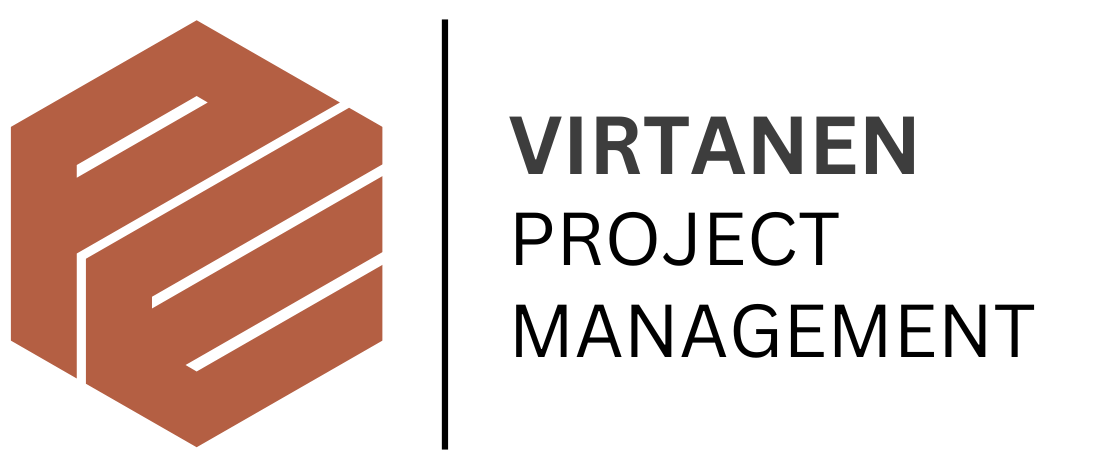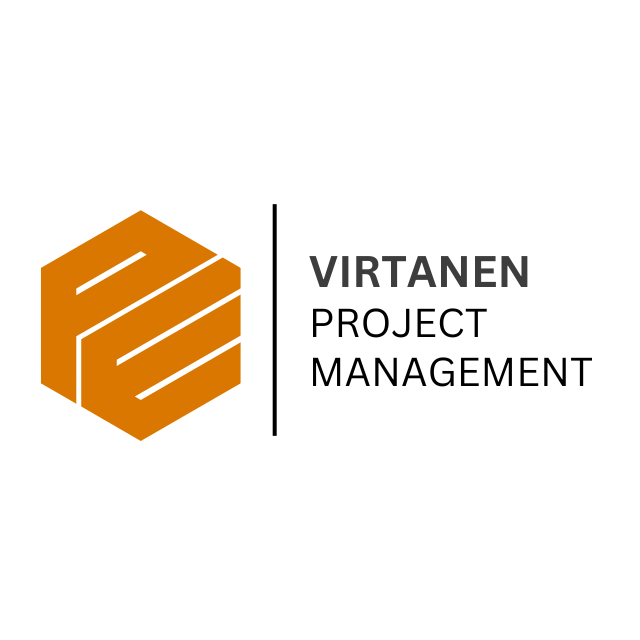This initiative introduced a comprehensive risk management framework across the organization’s project portfolio. Our team designed standardized processes to identify, assess, and mitigate risks early, enabling more predictable project outcomes and reducing surprises.
Focus was placed on training project managers and stakeholders to adopt consistent risk evaluation techniques, coupled with transparent reporting and escalation paths. This initiative aimed to embed a risk-aware culture at all levels.
Key Objectives:
- Establish a unified risk management process
- Train teams on risk identification and mitigation
- Increase early detection of potential project risks
- Improve risk communication and escalation
- Integrate risk tracking into project reporting
Approach & Methodology:
We conducted targeted workshops to develop comprehensive risk management guidelines tailored to each project’s needs. By maintaining detailed risk registers and scheduling regular review meetings, we ensured continuous monitoring and timely updates. Scenario analysis and contingency planning helped prepare teams for potential challenges, while clear communication protocols facilitated swift risk escalation. All risk management practices were seamlessly integrated with existing project management tools to maintain consistency and efficiency.
Clear reporting structures enable stakeholders to remain informed throughout each project stage. Resistance often arises without defined ownership or aligned priorities. Without clarity, execution becomes reactive. But structured governance, when embraced early, transforms uncertainty into progress and ensures teams deliver with purpose.
Project Impact:
The framework empowered teams to anticipate challenges before they escalated, significantly reducing unexpected issues during execution. Enhanced risk visibility fostered collaboration between stakeholders to resolve problems proactively. This resulted in a 20% reduction in project delays caused by unforeseen risks.

Results:
Projects delivered under this framework showed improved stability and stakeholder confidence. Early intervention on risks minimized disruptions and helped maintain schedules and budgets. The organization adopted a more resilient approach to project delivery, improving client satisfaction and internal trust.





